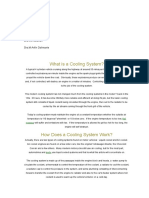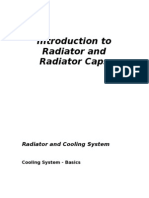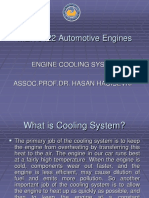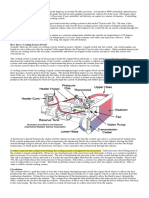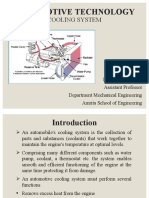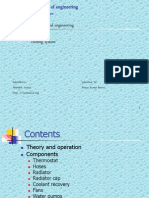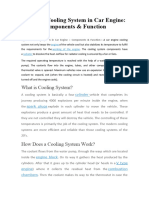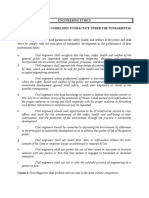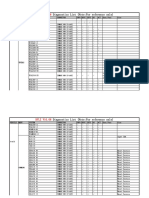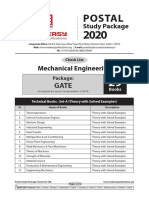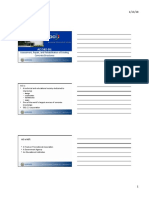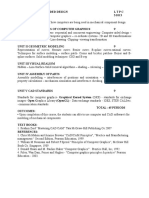Cooling System Service
The purpose of the cooling system is to remove excess heat from the engine and control excessive
expansion of parts which can damage the engine in a short period of time.
Cooling System Components:
Coolant: The medium (liquid) which absorbs heat from engine components for the purpose of cooling
the engine.
Engine Block: This is the outer portion of the engine designed to hold and align the cylinders and other
components used for the vehicle. The inside is hollow and is composed of passage ways for coolant to
surround critical heat areas and travel outside.
Thermostat: This part of the cooling system regulates coolant temperature. It regulates the
temperature by only allowing coolant to be circulated through the radiator when a pre-set temperature
is reached (usually 180 degrees F or 82 degrees Celsius).
Heater core: This component is designed to radiate heat for the passenger compartment. It is like a
mini radiator which circulates heat through it and transfers the heat to the outside through tubes and
fins.
Blower motor: This fan is designed to blow the heat from the heater core into the passenger
compartment. It is usually controlled by a switch on the dash.
Heater Hoses: Direct coolant into the heater core which is located in the passenger compartment.
Radiator: The radiator is designed to remove heat from the coolant by circulating the coolant through
tubes which are exposed to the outside air. The air travels through the radiator and cools the tubes off
in the process. The cooler coolant is then recirculated into the engine.
Radiator Hoses: These hoses connect the engine block to the radiator and allow coolant to be
circulated through them to be cooled down. They also allow movement to exist between the engine
and the radiator which is mounted on the vehicles chassis or frame.
Radiator Cap: The radiator cap is a necessary component for cooling system operation. The cap allows
the pressure in the system to increase the boiling point to high than normal levels. The cap also works
as a pressure regulator and will bleed off excessive pressure if working properly.
Cooling Fan: The cooling fan is designed to aid in the cooling process by drawing air through the
radiator when there is little air movement around the vehicle. Cooling fans can be driven by the engine
or electricity. Most front wheel drive vehicles have electric cooling fans.
Water Pump: This unit is designed to circulate the coolant throughout the cooling system. Most of the
water pumps in use are driven off the engine through an accessory drive belt, however some are driven
off of the timing belt inside the timing cover which is more costly to replace.

















